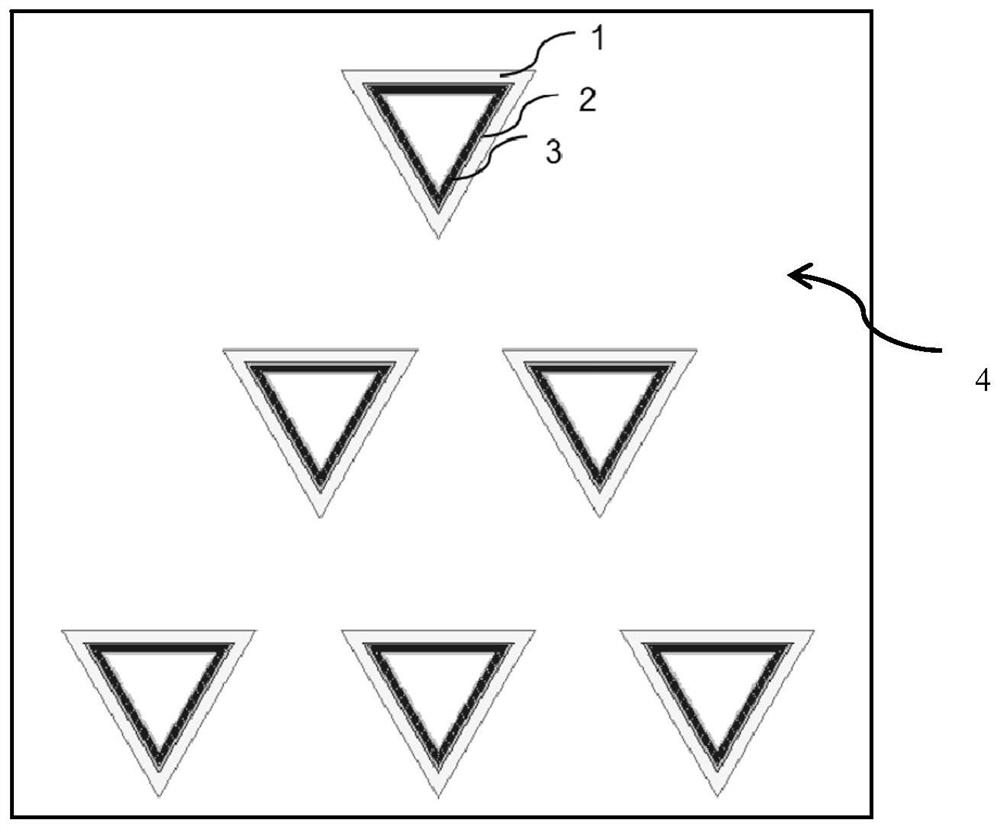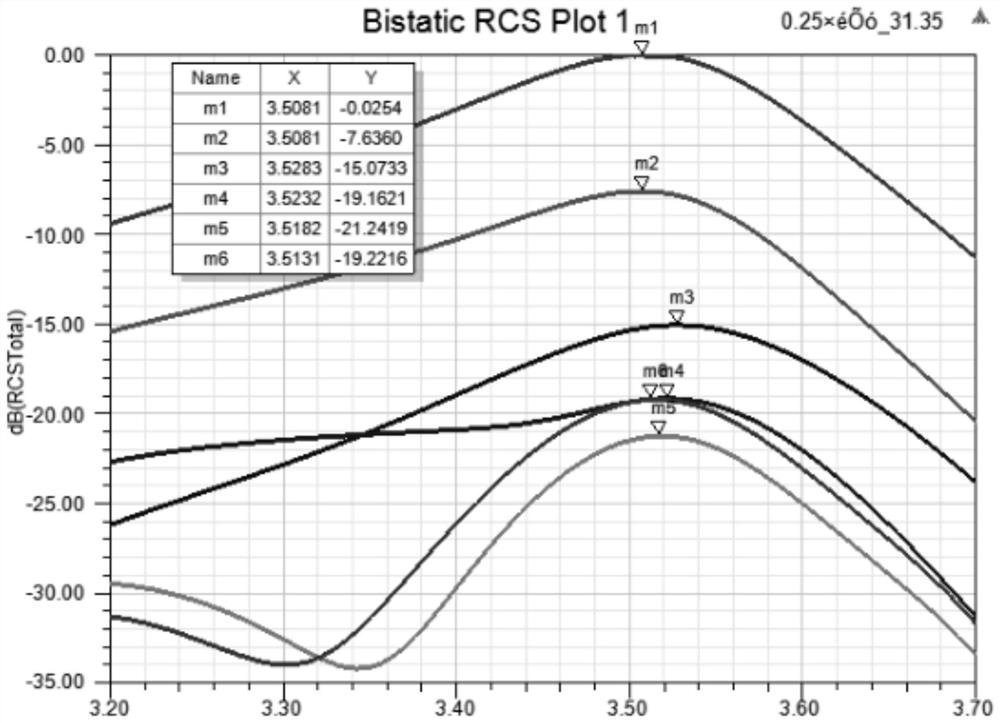Anti-environment high-scattering-intensity chipless label
A scattering intensity, chipless technology, applied in the direction of recording carriers used in machines, instruments, computer components, etc., can solve problems such as difficulty in maintaining information storage and identification, chips and antennas are susceptible to interference from ambient temperature and noise, etc. Achieve high Q value, easy processing, and high spectrum utilization
- Summary
- Abstract
- Description
- Claims
- Application Information
AI Technical Summary
Problems solved by technology
Method used
Image
Examples
Embodiment Construction
[0019] In the current popular chipless tag design, due to the limitation of the frequency band and the low quality factor of the tag itself, within a certain bandwidth, only a limited number of tags can be encoded, so in order to design with a high quality factor, within a certain bandwidth, you can As many codes as possible, so the present invention designs a chipless tag with high anti-environmental scattering intensity, combined below Figure 1 to Figure 10 The present invention will be further described.
[0020] like figure 1 and figure 2 As shown, a non-chip label with high anti-environmental scattering intensity includes 6 chipless label units and a base substrate 4 . A single chipless label unit includes a dielectric layer 1 and a conductive patch layer 2 arranged on the dielectric layer 1. The conductive patch layer 2 is an equilateral triangle with a side length of 24.42 mm. There are three equilateral triangular annular slot resonators 3 , the width of each slot...
PUM
| Property | Measurement | Unit |
|---|---|---|
| length | aaaaa | aaaaa |
| thickness | aaaaa | aaaaa |
| length | aaaaa | aaaaa |
Abstract
Description
Claims
Application Information
 Login to View More
Login to View More - R&D
- Intellectual Property
- Life Sciences
- Materials
- Tech Scout
- Unparalleled Data Quality
- Higher Quality Content
- 60% Fewer Hallucinations
Browse by: Latest US Patents, China's latest patents, Technical Efficacy Thesaurus, Application Domain, Technology Topic, Popular Technical Reports.
© 2025 PatSnap. All rights reserved.Legal|Privacy policy|Modern Slavery Act Transparency Statement|Sitemap|About US| Contact US: help@patsnap.com



